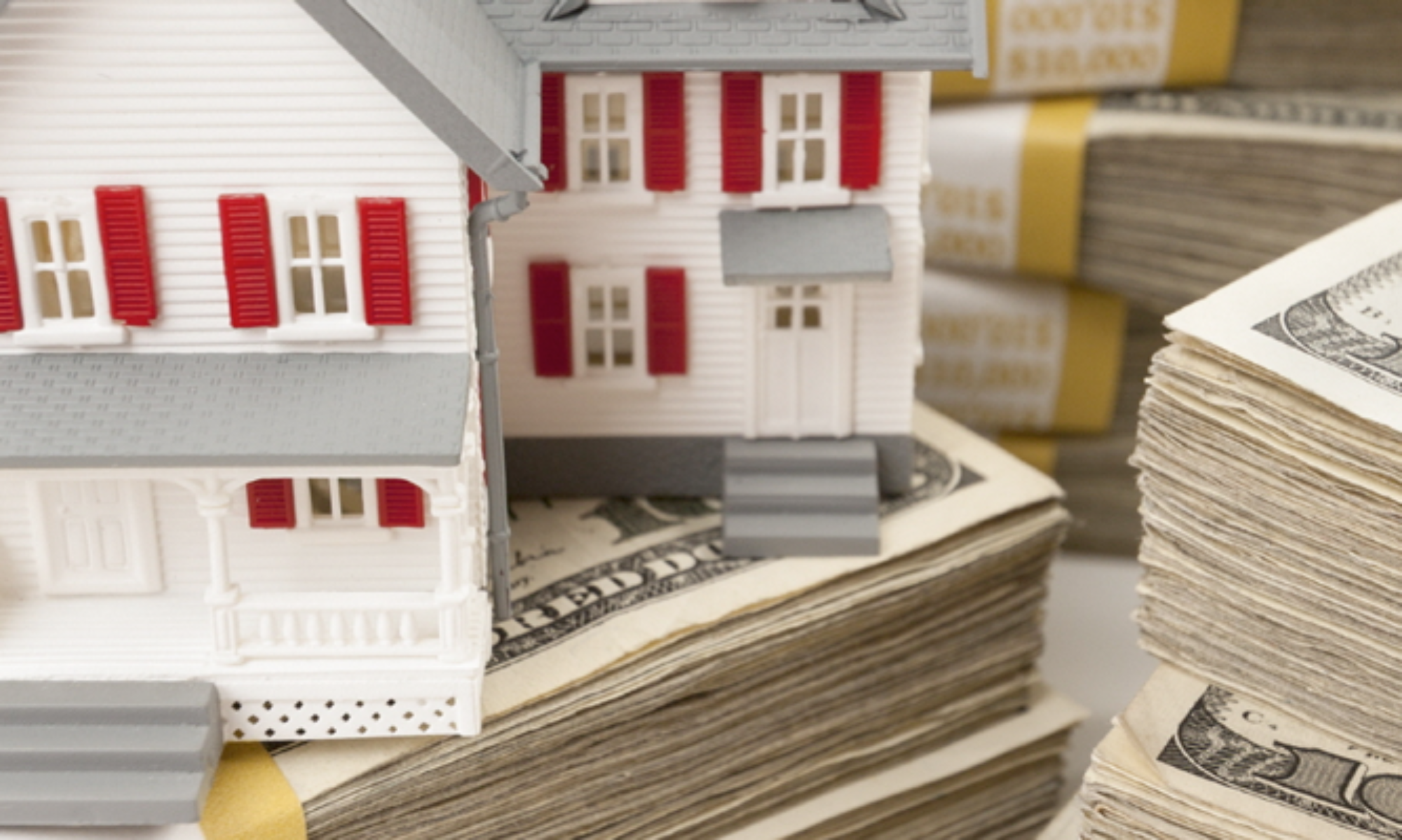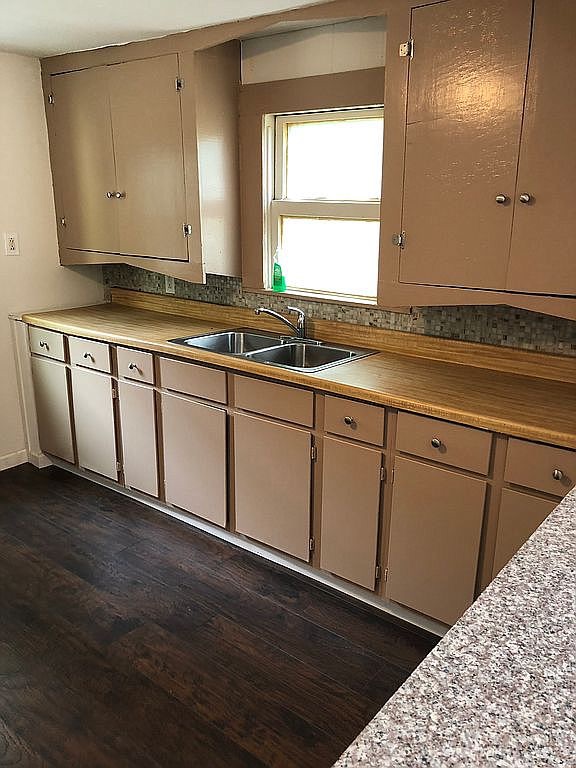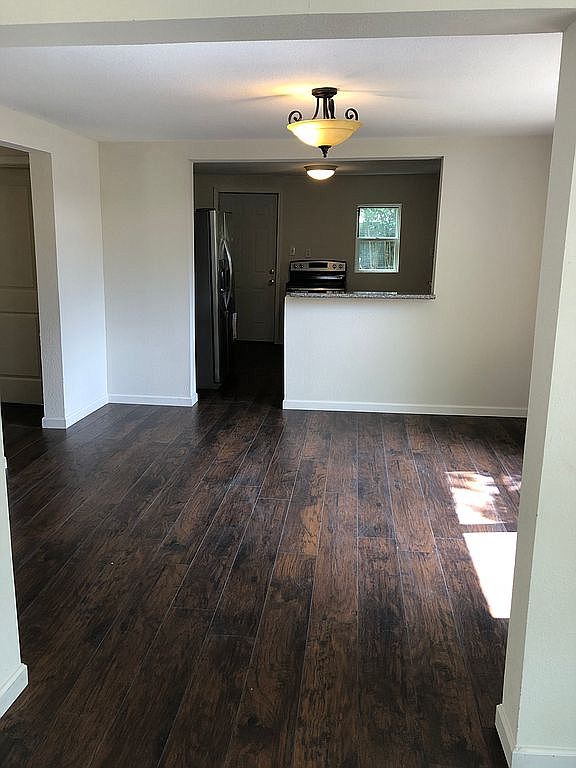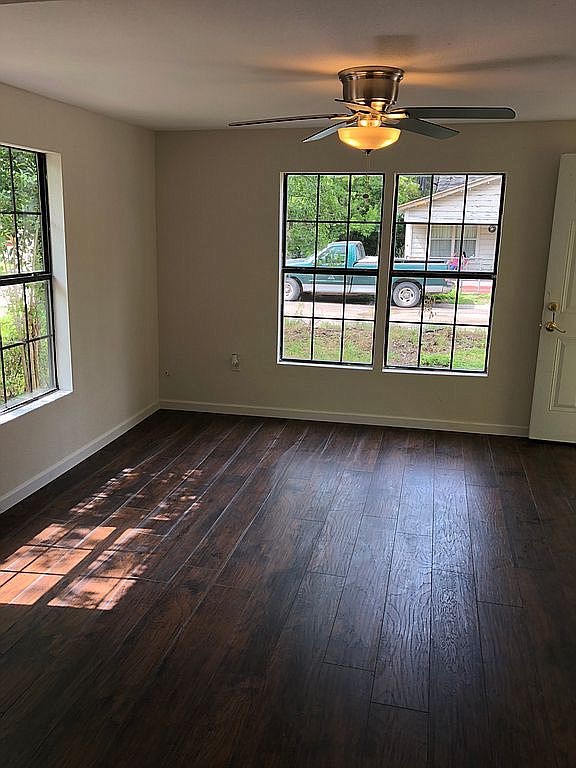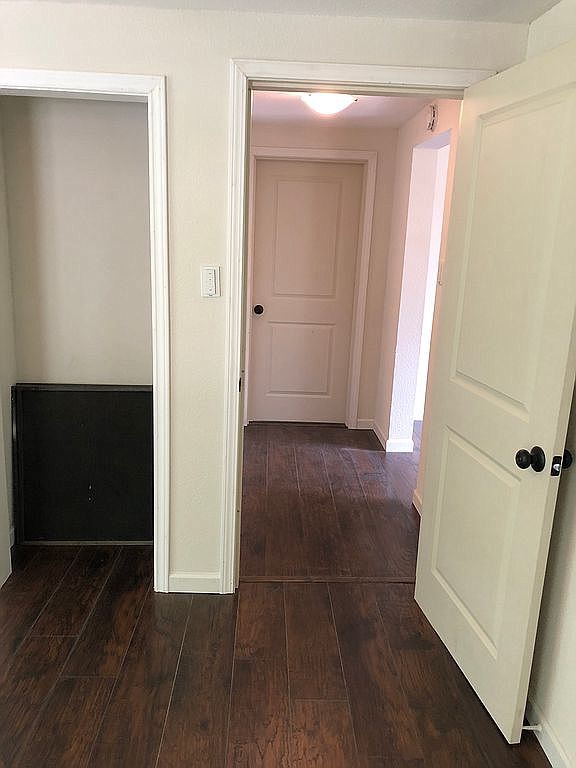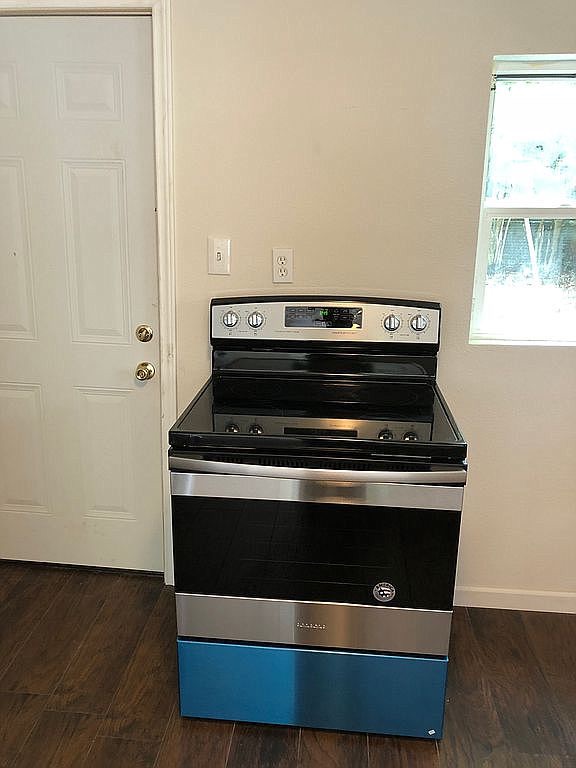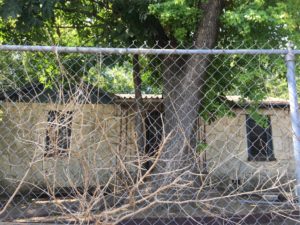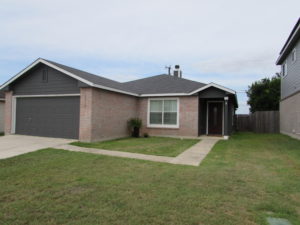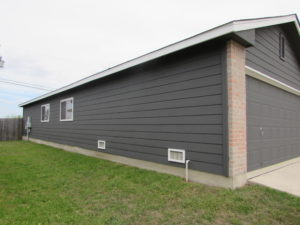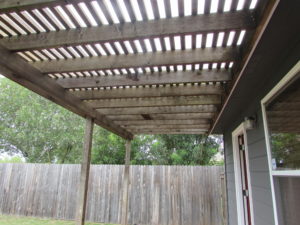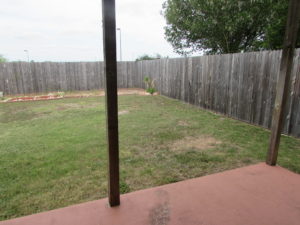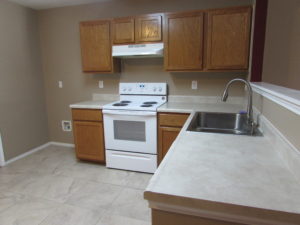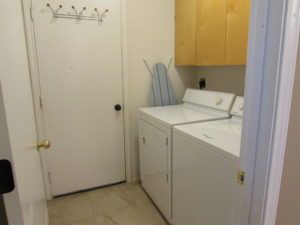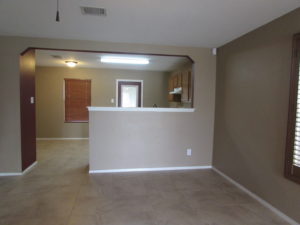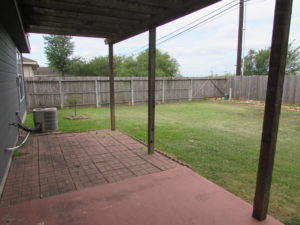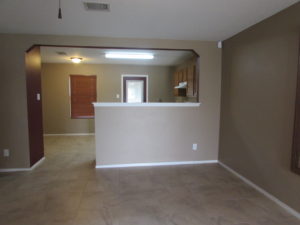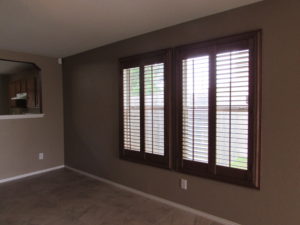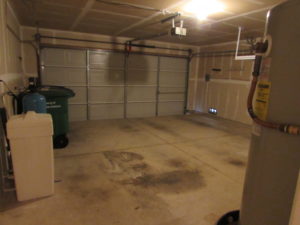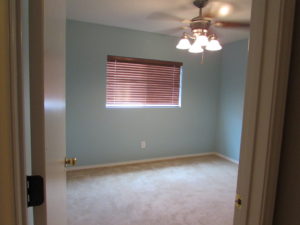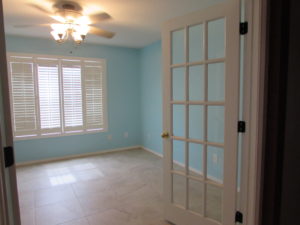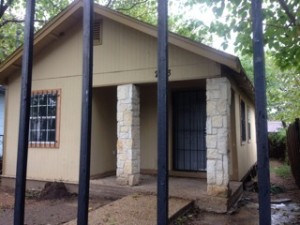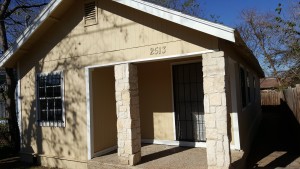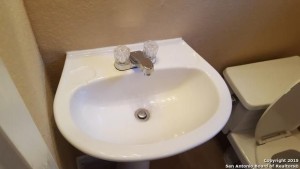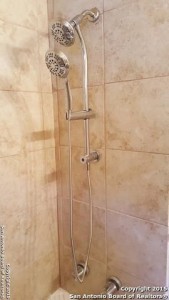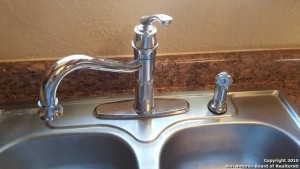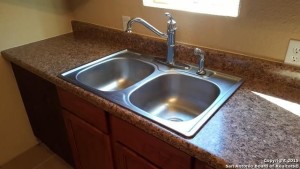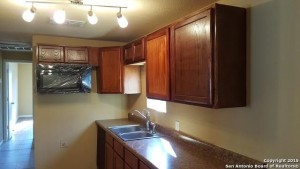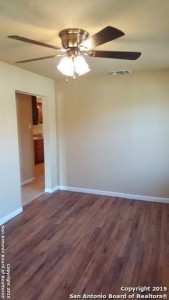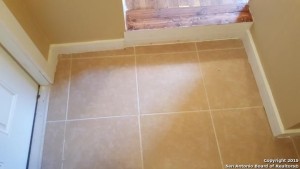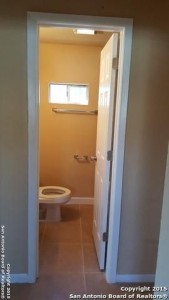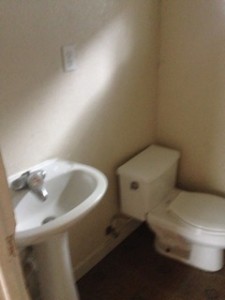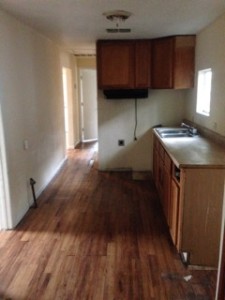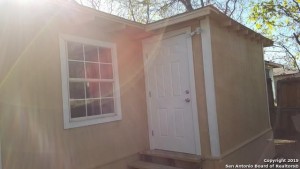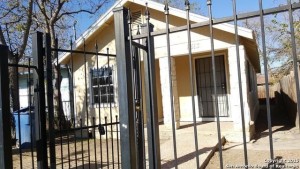A year ago, one of our San Antonio investors had a windfall of about $40,000 that was left to her when a relative passed away. This wholesale property investor had about $27,000 of student loan debt. She wasn’t sure what to do with the money – whether she should spend it, pay off loans, or invest in San Antonio rental property.
The student loans came out to about $500 per month, so it was tempting to pay off those loans with the $40,000. She also got advice from family members to do various things with the cash – buy a car all cash, invest in CDs, fix up her home, etc.
In the end, she decided to use that $40,000 to buy her first San Antonio investment property. Many of her relatives couldn’t understand buying a home with that money, and not live in it!
Why She Didn’t Pay Off Her College Debt
There are good arguments to pay off student loan debt, without question. But this under market value property investor decided to wait on that for three reasons:
- College loan debt is tax deductible: This investor’s loans have an 8% interest rate, which after her tax deductions and inflation rate of 3%, the APR is around 4%.
- Liquidity: If she paid off her college debt with the money, she’d have no liquid cash. This would have made a tough situation if she had something bad happen, such as a roof problem on her home or needed emergency surgery.
- No cash flow: If she paid off her loans, that money wouldn’t be making her money. She had another investment property (rental property) that made about 30% return on an investment of $35,000.
San Antonio Rental Property Purchase
So, she bought an under market value property for us with a price of $105,000. The actual value of the home was about $137,000.
She put down $28,000 and had closing costs of $4,000. Her out of pocket costs were $32,000.
The rental property had two units – one was a 2/1 for $750 a month and the other was a 3/2 for $1,000 a month. Mortgage payment with taxes and insurance was $700. The property was in good shape and only needed $1,500 in repairs. Monthly costs were $170, including water and trash.
Monthly cash flow came $880 or so, and she kept five months of cash reserves for the mortgage payment for about $3500. Her yearly cash flow was $10,200, minus a vacancy rate of 7%, for a total of about $9800 a year.
Her ROI was $9800, divided by $32,000, for about 30% cash-on-cash return.
She was able to get enough in rental income to pay for her monthly college debt payments and still have cash flow! That’s why, if you do it right, investing in San Antonio rental property can make sense.
But you need to get the right property at the right price, with acceptable repair costs. San Antonio investment properties are increasing in value, so you need to find a good deal to maximize your cash-on-cash return. But when you find the right one, you can bet that you’ll see increased appreciation; we had about 10% appreciation on homes in San Antonio in the last year.
We will have new San Antonio investment properties on this site soon (as of May 24, 2021), so check back soon!
